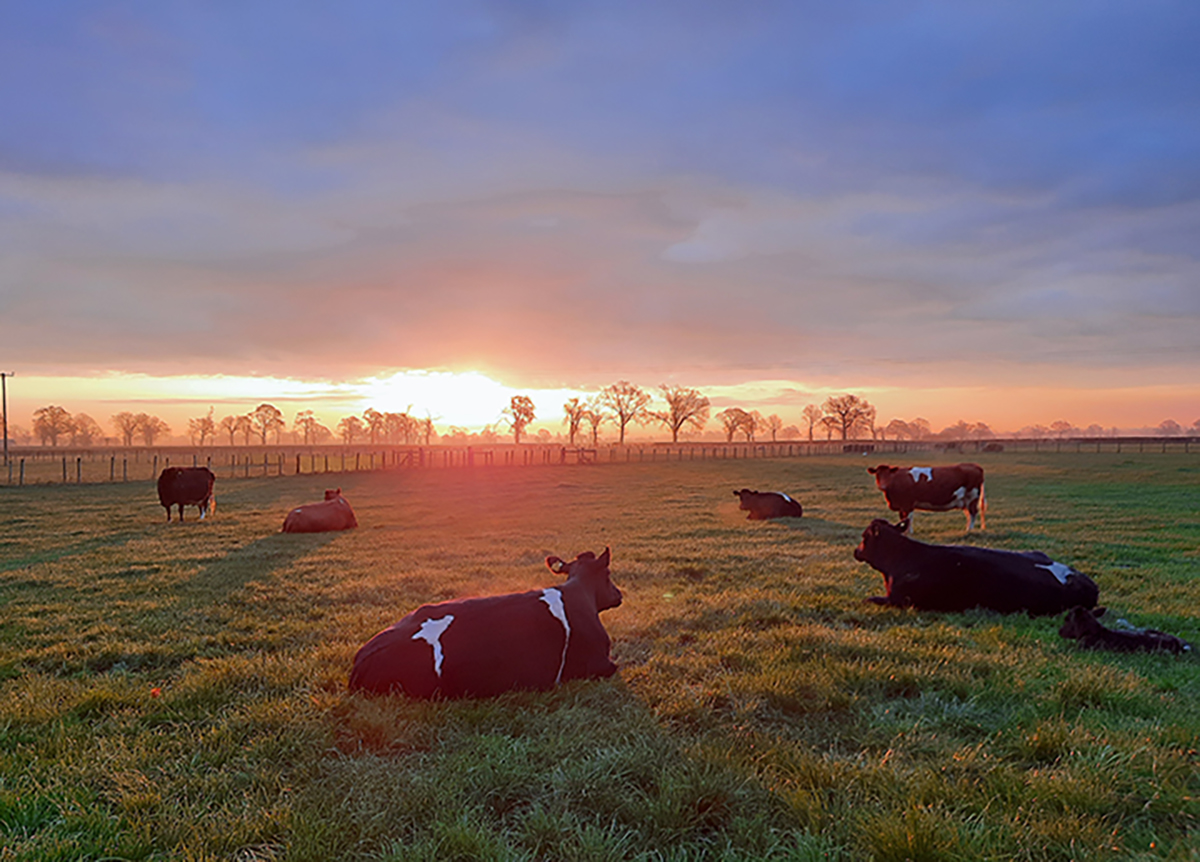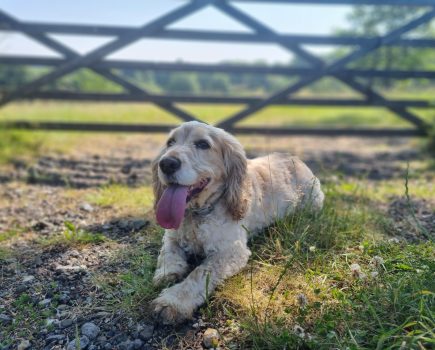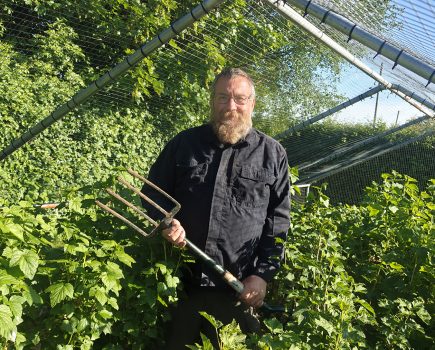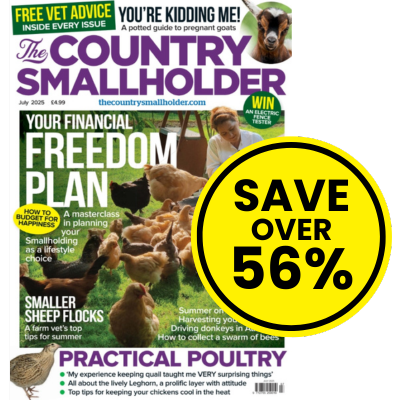Vet, Catriona Benson, says there are many ways to help protect your animals from infections diseases.
Morning rounds on the smallholding – it’s time to check that all the livestock are fit and healthy. But if your social media feed looks anything like mine, it’s a constant stream of news about bird flu, bluetongue outbreaks, alongside smallholders battling foot rot, pneumonia, and countless infections.
Sometimes, it feels like disease is lurking in the shadows, just waiting to strike your livestock. The good news is that, when it comes to infectious disease, there is a lot you can do to protect your animals.
With a little understanding about how diseases are spread, we are able to put measures in place which significantly reduce the chances of new infections arriving on our smallholding.

WHERE DOES DISEASE COME FROM? KNOW YOUR ENEMY!
By definition, infectious diseases are caused by pathogens (usually bacteria, viruses or fungi) that must pass from one infected animal to another – either directly, or indirectly. If we can prevent the arrival of the pathogen, we prevent the disease. So let’s take a look at how various infectious agents can gain access to your smallholding:
- Animal to animal: Many infections are spread by direct contact with an infected individual – or bodily fluids from that animal. Diseases such as Enzootic Abortion, Maedi-Visna, Caseous Lymphadenitis, as well as some parasites such as lice, all need close contact in order to spread. Note that with many of these diseases, ‘carrier’ animals may be shedding the infection, whilst showing absolutely no sign of the disease themselves.
- Indirect transmission via fomites: Many livestock diseases can also be spread via contaminated objects – these are known as ‘fomites’. Dirty equipment, footwear, clothing, or shared fencing, can transmit these infections even where there is no direct animal contact. Some pathogens can hang around for a longtime – the virus which causes orf in sheep can survive for up to 17 years in dry buildings or on wooden sheep hurdles.
- Airborne transmission: Especially important for respiratory infections, which are easily spread when animals arein a shared airspace – particularly in poorly ventilated buildings. However, some airborne infections can travel for miles – this is one of the ways in which Foot & Mouth spreads between farms during an outbreak.
- Midges, ticks or flies: We’re probably all aware of the recent cases of Bluetongue and Schmallenberg, both carried by infected midges. Flying insects can carry disease for many miles in favourable weather conditions.
- Wildlife and other animals: Whilst we all enjoy the presence of wildlife on our smallholding, in some circumstances it can pose a risk to our livestock. Bird Flu – spread by migratory birds, is very much in the news at the moment. Dogs and cats can spread certain livestock diseases too.
- Contaminated feed/water: Those of you who keep pigs will be aware of the potential risk of introducing African Swine Fever via contaminated feed. Other infections can be introduced this way – toxoplasmosis, causing abortion in sheep, occurs when infected cat faeces contaminates sheep feed.
- From the soil or environment: Certain pathogens, such as clostridial bacteria, causing tetanus, are naturally found in the soil. Other infectious agents can become established in your soil if brought in by carrier animals. An example would be footrot – one infected animal can contaminate your pasture, exposing the rest of your flock to ongoing infection.
This article extract was taken from the April 2025 edition of The Country Smallholder. To read the article in full, you can buy the issue here.








